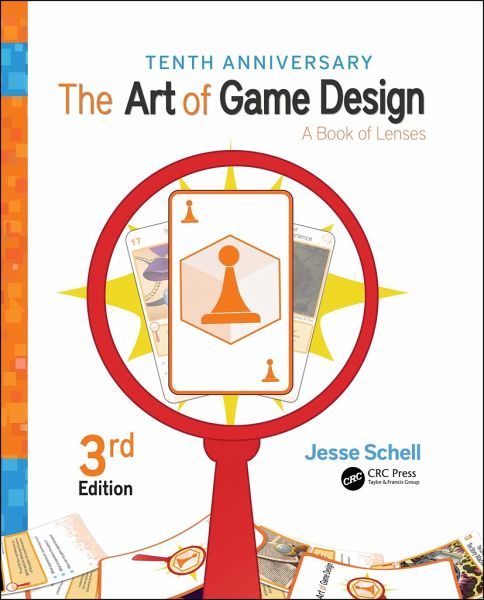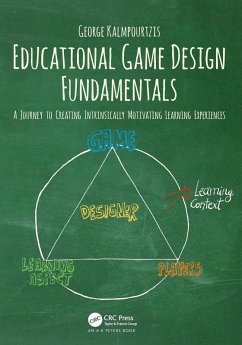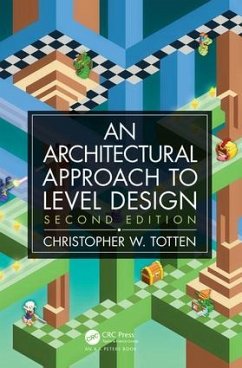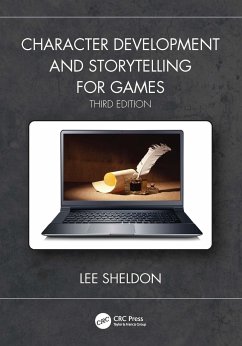
The Art of Game Design
A Book of Lenses, Third Edition
Versandkostenfrei!
Versandfertig in 1-2 Wochen
199,99 €
inkl. MwSt.

PAYBACK Punkte
100 °P sammeln!
Written by one of the world's top game designers, this book describes the deepest and most fundamental principles of game design, demonstrating how tactics used in board, card, and athletic games also work in video games.














